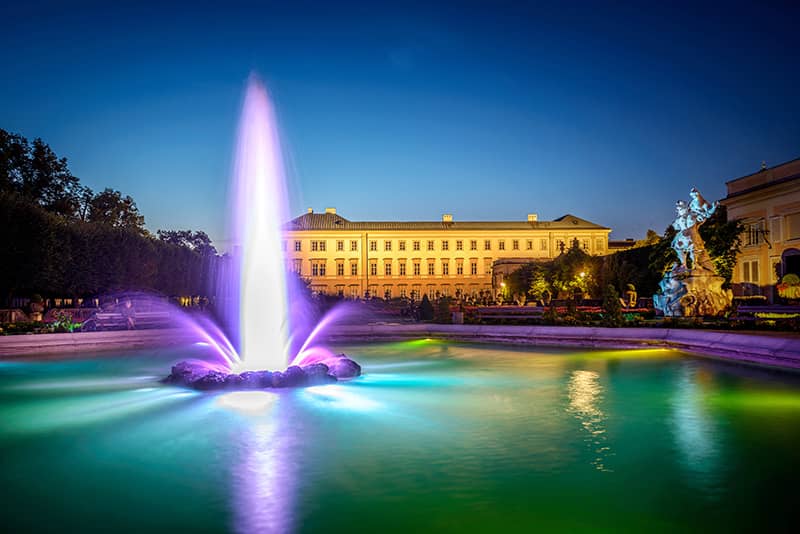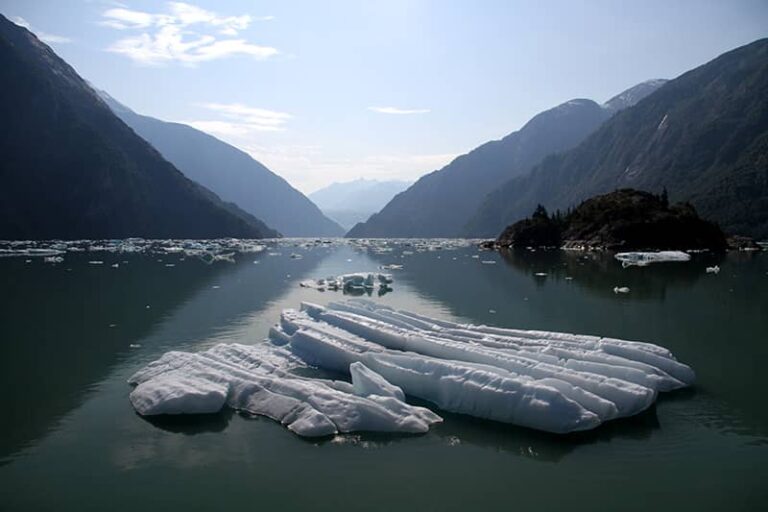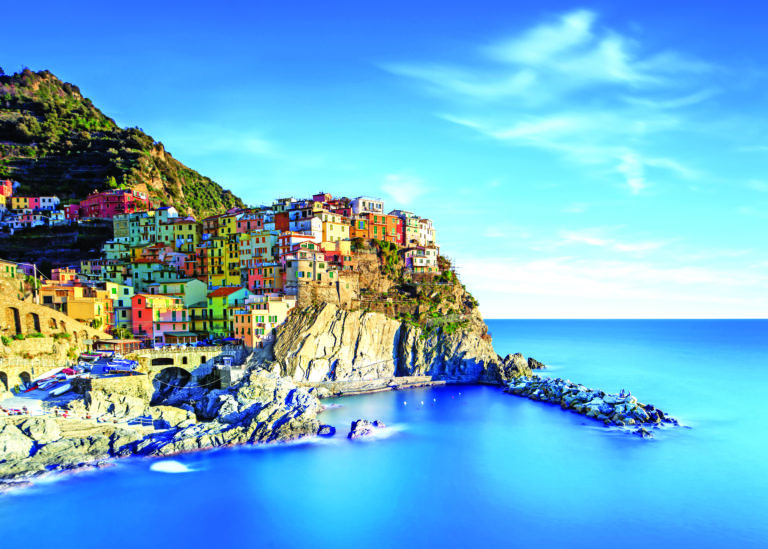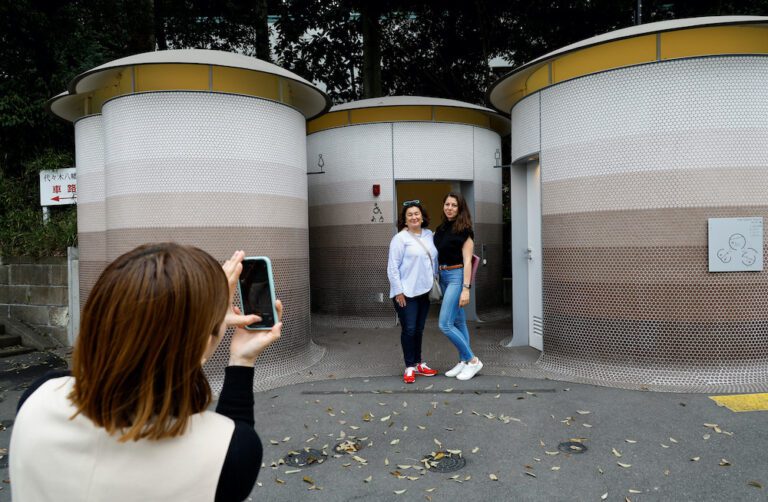Salzburg’s foundations run deep in Celtic and Roman ancestry. It’s a postcard-perfect city straddling the rushing Salzach River, backdropped by alpine peaks and a picture-book skyline of turquoise cupolas, church spires and the omnipresent Hohensalzburg Fortress. It’s a dual-faced Janus city. One face acknowledges its past as an ecclesiastical principality, its baroque beauty built on the wealth of the nearby salt mines, while its other face clearly looks to the future, relishing new, artistic opportunities.
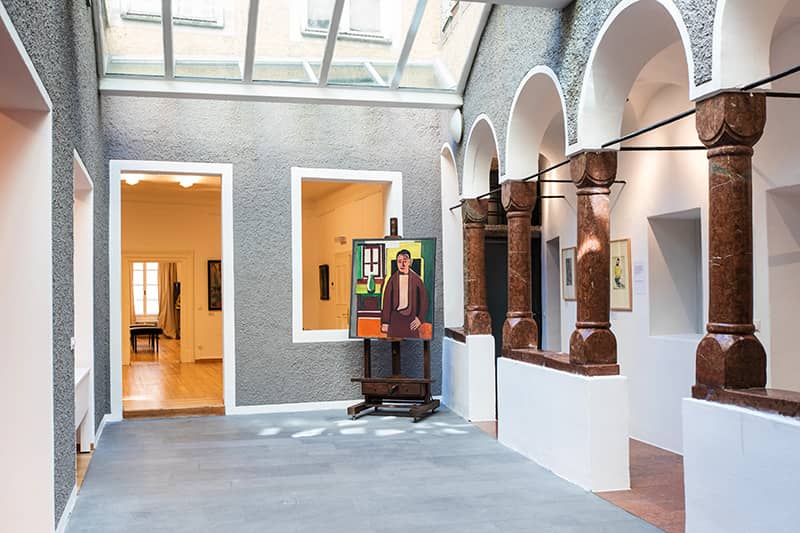
Alongside its Sound of Music fame, Salzburg’s major drawcard is Wolfgang Amadeus Mozart. He’s everywhere. In the handmade Mozartkugel chocolates, in the cafés, concerts, festivals and university. Two places in particular bustle with devotees: Mozart’s birthplace and his family residence.
And Salzburg is not only Mozart’s birthplace, but also that of physicist Christian Doppler (who formulated the Doppler Effect) and conductor, Herbert von Karajan. I puzzle how this small town produced three megastars born within metres of each other.
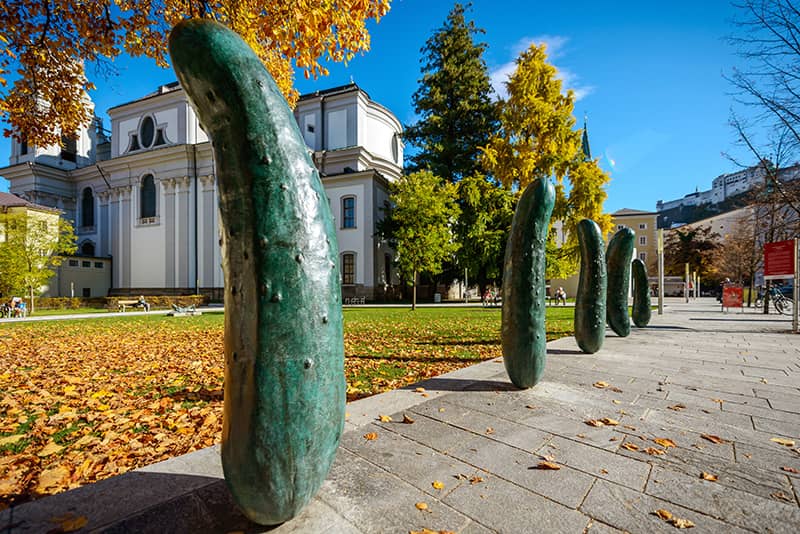
Modern art walk
On my walk from the new side to the cobbled old (a UNESCO World Heritage Site), it’s evident that music and the visual arts complement each other. Thirteen installations were commissioned to create the Walk of Modern Art. These unique creations interpret Salzburg’s cultural identity. One is ‘Caldera’, a large bronze sculpture that portrays the meeting of human faces. It can be interpreted as a metaphor for the city cradled within its mountainous rims.
Another unique take on its musical heritage is the ‘Spirit of Mozart’, a set of stainless-steel chairs beneath a 15-metre-high bottomless chair. Passers-by can’t help but sit and look up towards the invisible Mozart who is ever-present yet untouchable. Albert Einstein, who first presented his Theory of Relativity in Salzburg, said, “The music of Mozart is of such purity that one feels … it has always existed as part of the inner beauty of the universe, waiting to be revealed.”
One of the most photographed sculptures is ‘Sphaera’, a nine-metre-high golden sphere with a male figure standing atop gazing across the Kapitelplatz. It’s an interesting counterpoint to the surrounding traditional architecture. And then, amongst baroque buildings there’s a whimsical series of giant gherkins just waiting to be embraced.
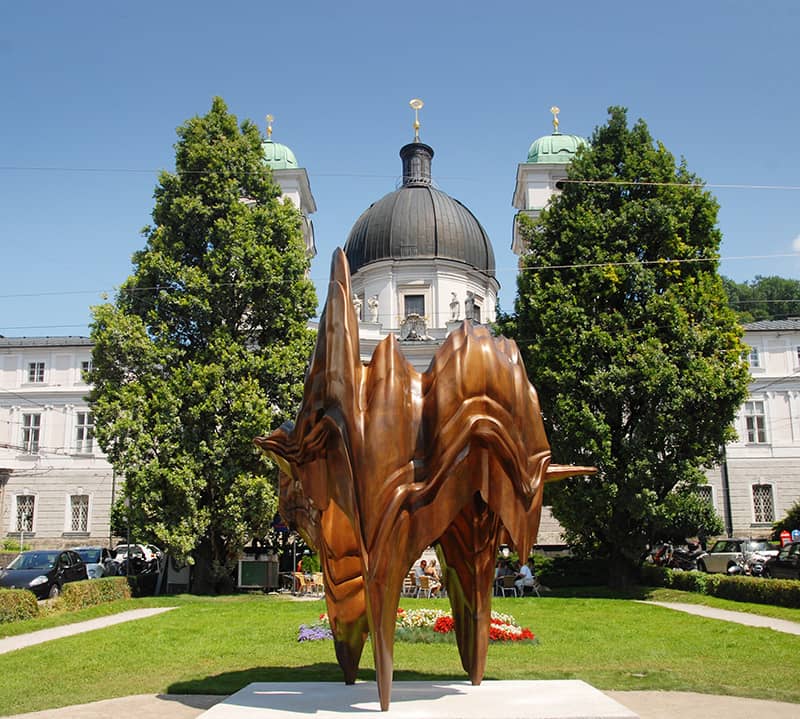
Still on the art trail, I visit the city’s youngest gallery, Art of the Lost Generation, housed in a 14th-century house. It’s a sobering collation of 20th-century art looted from galleries and private collections during the years of National Socialism and rediscovered by founder, Professor Heinz R Böhme. Artworks stolen from walls. Forbidden art. ‘Degenerate’. A term used by the Nazi Party to describe the moral decay of art that did not support their propaganda and ideology. Many artists were persecuted, driven to emigrate or murdered.
“We want to share our secrets and unknown artists,” says Marie-Christin Gebhardt, art historian and curator. “We want to educate not just about the art history but the history itself.”
An etching by Leo Maillet holds me fast. While being transported to Auschwitz, Maillet jumped from the moving train, losing an eye and his upper teeth. Yet, he’s here in front of me, with both eyes large, staring, not letting me leave until I find his story.
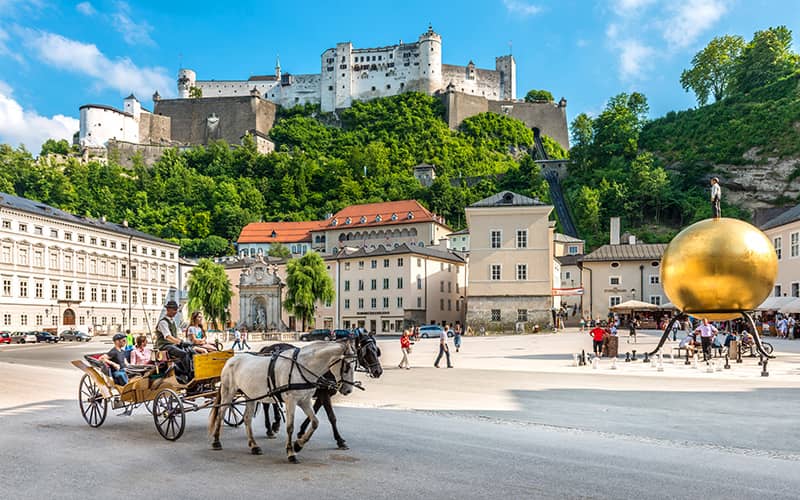
I stroll back through the old town squares where horses clip-clop pulling their carriages of tourists and where ornate, wrought-iron guild signs advertise specialty shops. I pass market stalls selling seasonal produce including asparagus in all its white, plump glory. People are enjoying the café culture that is so much a part of Salzburg. Some are in traditional dress. It’s not unusual to see men in their knee-length lederhosen and long socks while women wear their colourful dirndls (I later learn that the bow of their apron is tied on the right if the woman is married or in a relationship and left, if the woman is single). Couples in their traditional dress who are stopped for photographs are delighted to oblige.
Dining in the clouds
At the base of Mönchsberg, one of Salzburg’s five mountains, I take the elevator to the top for a fine-dining lunch at Restaurant M32. I’m seated on the terrace beneath the fluttering canopy of a white umbrella with a view to forever over the city with its sinuous Salzach River and its arching bridges. The waiter pops a wooden board in front of me with a twist of potato sourdough, a sprinkle of homemade dukkah and a tipple of olive oil.
After perusing the menu, I decide on an entrée of tagliolini with ragout of roebuck followed by grilled Attersee pike on wild chanterelle ragout. A glass of fragrant, spicy Grüner Veltliner from the Lower Austria vineyards elegantly complements my lunch. For dessert, to spruik up my energy I order an espresso macchiato.
The sustenance carries me through the afternoon browsing the adjacent Museum of Modern Art, high above the rooftops of Salzburg’s old town. Little wonder Salzburg’s nom de plume is ‘Stage of the World’, where you become part of its performance.
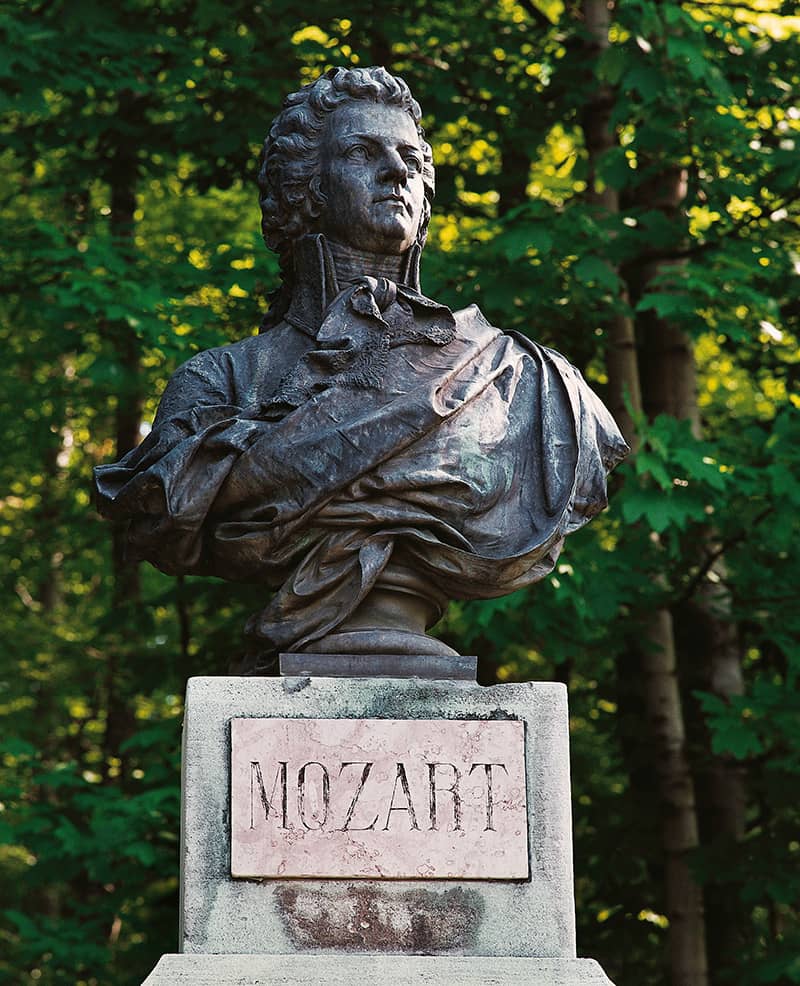
A Feast of Festivals
With 4,500 cultural events each year, Salzburg pumps with vitality, beginning with Mozart Week in January featuring world-famous orchestras, conductors and soloists. January 2024 sees the 40th anniversary of the film Amadeus and celebrations are afoot that will focus on Antonio Salieri. The Easter and Whitsun Festivals soon follow. The Summer Festival in July and August attracts music, theatre and art lovers which then leads into Jazz&TheCity. The Advent season and the Xmas markets in the heart of Salzburg are held from the end of November. If you’re going to be in the city for a while consider buying a Salzburg Card for 24, 48 or 72 hours. Aside from free museum admissions without having to line up, it includes access to the fortress funicular and the Untersberg ski lift. There is free use of public transport.
Photography: Tourismus salzburg; Günter Breitegger; Salzburg foundation – Manfred Siebinger.
MiNDFOOD Promotion


